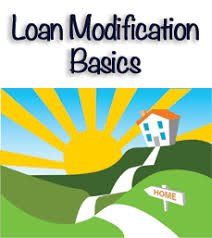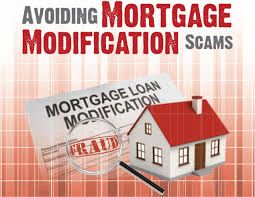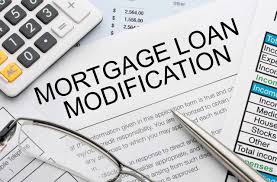Pt 1. The Basics - Do It Yourself Loan Modification
NOTES
A Note on the Loan Modification Process
Because each loan and each lender, mortgage servicer or mortgage investor is different the process may be slightly different in your situation.
Use this information as a guideline; but be sure to follow the specific requirements of your lender.
Additionally, every loan has to be evaluated on its own merits. That means that a loan modification can take anywhere from 30 days to 90 days to complete. Your organization, persistence and diligence will make the difference in shaving days off the process.
A Note on Loan Modification Companies
Federal housing law makes taking money upfront for a loan modification illegal.
Many loan modifications get around this by affiliating themselves with a lawyer, and collect a retainer for legal service. Others collect a processing fee for submitting your loan package.
Either way, be warned that paying to have a loan modification company do your modification application for you does not guarantee success. And, there are many unscrupulous characters moving in to this space. The Department of Housing and Urban Development (HUD) urges extreme caution if you choose a company to represent you in the modification process.
Getting Started with a Loan Modification
The mortgage payments are soaring because your ARM reset, or your income was cut in half, or two-thirds, or completely by a recent layoff. The bills are piling up and the savings is disappearing quickly. You need relief, and you’ve heard a lot about loan modifications as part of the way out of your financial train wreck.
You’re not alone, millions of Americans face foreclosure every day and the specter of losing a home is one of the most emotionally and mentally grueling challenge a family can face. The first thing to getting started with a loan modification is: to pick up the phone.
Astonishingly, in more than 50% of homes that go in to foreclosure the homeowner never picks up the phone to talk to the lender. This seems counter-intuitive, but in reality, makes perfect sense. Too many homeowners feel helpless and give up before they even try. To get a loan modification your first step is to try - to pick up the phone.
Who to call to start a loan modification
Find your statement for your first mortgage and call the customer service number. Get to a customer service representative as fast as you can.
TIP: Note this sequence down in a notebook. The notebook that you’re going to dedicate to tracking your efforts to get your loan modified. Keeping the keystroke sequence (e.g. 1,1,5,0) will allow you to bypass the automated menus and get you to people faster. Since you’ll be spending a lot of time on the phone this will come in handy. Trust me.
Once you have a customer service rep on the phone ask the representative to transfer you to the “loss mitigation department.” This is the department that you’ll be working with on your loan modification. Before you are transferred ask for the direct number to the department. You guessed it. Jot that number down in your notebook.
You’ll be greeted by another low-level rep in the loss mitigation department. These low level reps handle inbound calls and try to vet the calls to find people who have a chance at qualifying for a mortgage. What you want to tell them is that you’re facing “imminent default” due to a change in your financial situation and that you need to get an application for a loan modification faxed or emailed to you immediately.
TIP: Note that the rep is going to try to get as much information out of you as possible upfront, including perhaps, your monthly income and expenses. Defer answering these questions by saying “I don’t have that information handy.” DO NOT provide estimates or guess. These reps are trying to get a quick calculation on your debt-to-income ratio (which we’ll address later) to see if you make the cut. Do not play roulette with your loan modification chances by answering these off the top of your head. Ask for the application and say you’ll fill out your financial information on the application.
TIP: Get the name of the rep and their EXACT extension number. If they resist be persistent. You’ll speed your process by working with someone specific as opposed to going in to the call round-robin each time. YES. You’re putting that information name, phone extension, time and date called, notes of the conversation in to your notebook.
If you don’t get the application shortly follow up with the person. You’ll be doing a lot of following up so not to worry. Just be pleasant and persistent. Remember that loan modification departments are swamped right now and the people on the other end of the phone are just that - people. By remembering that you’ll be able to effectively move through the process in the most beneficial manner possible.
Got the loan modification application? Great! Get ready for step two. Doing your homework.
Click here for Do It Your Self Loan Modification - Part 2 - Preparing For Your Loan Modification






